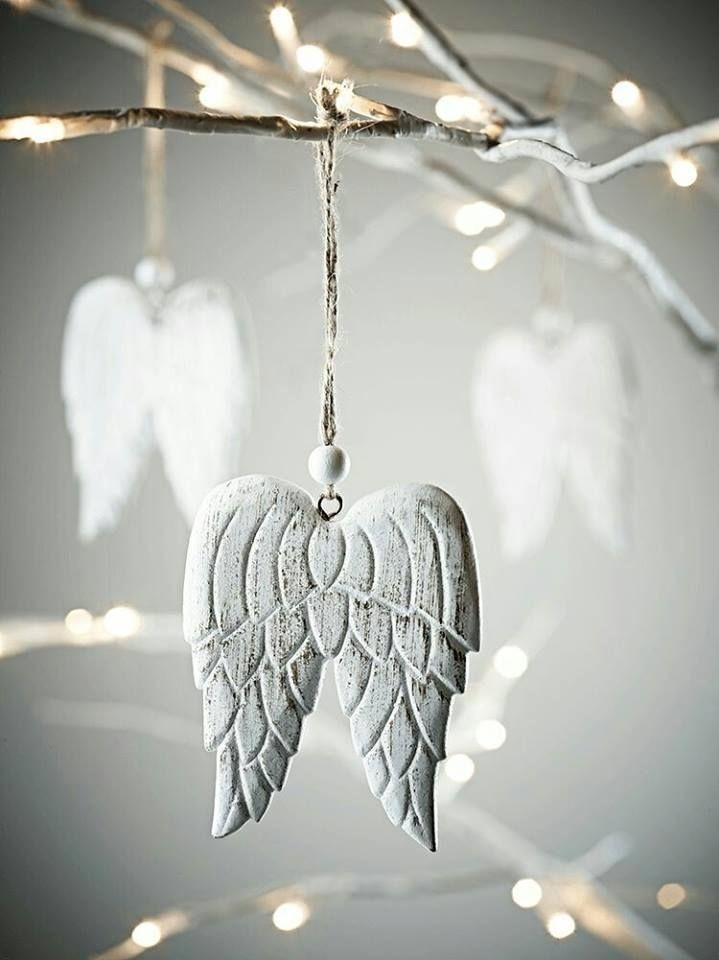Art for Awareness — The Symbolic Protest...
- Koöko Fleurs
- Sep 19
- 4 min read

How colors, textures, and forms express solidarity, grief, or hope
What if protest didn’t provoke—but invited?
What if we chose colors not to confront, but to connect?
The peaceful palette is a visual language of empathy. It softens the edges of resistance and opens space for dialogue. These hues do not dilute emotion—they distill it.
- Soft lavender for collective healing
- Pale gold for hope and dignity
- Mist blue for clarity and calm
- Olive green for rooted resilience
- Warm beige for neutrality and presence
These colors do not scream—they hum. They do not demand—they offer. In a world of polarization, the peaceful palette becomes a bridge.
Why Protest, Symbolically?
Art for Awareness is not about taking sides—it’s about taking notice.
It is the practice of seeing with empathy, creating with intention, and responding with care. In this context, symbolic protest becomes a form of emotional literacy. It helps us name grief, honor dignity, and invite connection—without confrontation. Through color, texture, and form, we awaken awareness in ourselves and others.
In a time when streets echo with unrest and voices rise in pain, we pause to ask: Is there another way to be heard? This reflection does not dismiss the urgency of protest—it honors it. But it also offers a quieter path. One where colors, cultures, art, textures, and forms become vessels for truth. Where beauty becomes a bridge, and symbolism becomes a language of peace. This is not silence—it is softness with intention.
It does not seek to persuade, but to perceive. It listens before it speaks, and when it does, it speaks in symbols. In this space, we do not take sides—we take care. We attune ourselves to the emotional undercurrents of our time, and respond not with noise, but with nuance. This is not activism in its loudest form—it is awareness in its most tender.
Not all protests rise in volume. Some rise in vibration.
Not all resistance burns—it breathes.
There is a quieter way to be heard: through color, through texture, through form.
This is the protest of the peacemaker.
It does not shout to be seen. It whispers to be felt.
It does not demand attention through violence. It invites reflection through symbolism.
Cultures as Carriers of Symbolism
Every culture holds its own palette of protest—woven through rituals, garments, gestures, and songs. These are not just traditions; they are transmissions. From indigo-dyed robes in West Africa to floral offerings in Southeast Asia, symbolic protest is embedded in ancestral memory. Cultures do not shout—they echo. They offer forms of resistance that are rhythmic, reverent, and rooted. To honor culture in art for awareness is to listen with more than the eyes—it is to feel with the soul.
Some of the most tender protests speak through symbols: the white scarf, worn since 1977 by mothers in Argentina’s Plaza de Mayo, became a gesture of mourning and maternal strength in response to the country’s disappearances; the circle of petals, often seen in spontaneous memorials across Europe and Asia—such as the rose installations in Paris after the 2015 attacks—invites collective healing without confrontation; and the threaded knot, used in silent rituals and textile activism from Japan to South Africa, embodies emotional repair and unity. These forms do not shout—they soothe. They offer resistance as ritual, and awareness as art.
Color as Code
Colors have long been the silent banners of movements.
- Red pulses with urgency, but also with vitality.
- White mourns, forgives, and invites peace.
- Green renews, grows, and resists decay.
- Blue calms, clarifies, and opens dialogue.
- Grey holds ambiguity, neutrality, and quiet strength.
In symbolic protest, color is not decoration—it is declaration. A single hue can carry centuries of struggle or a whisper of hope. Choosing a palette becomes an act of emotional diplomacy.
Textures of Resistance
Touch tells stories that words cannot.
- Burlap scratches like injustice.
- Silk soothes like dignity reclaimed.
- Torn paper echoes fragmentation and loss.
- Braided yarn binds solidarity and care.
- Velvet comforts, dignifies, and invites pause.
When we choose materials, we choose metaphors. A protest stitched in velvet speaks differently than one carved in stone. Texture becomes a tactile language of empathy.
Forms That Speak
Shapes are emotional architecture.
- Circles unite, protect, and include.
- Broken lines disrupt, fracture, and question.
- Spirals transform, evolve, and return.
- Soft edges soothe, welcome, and disarm.
The geometry of protest is not accidental—it is ancestral. It carries the wisdom of symbols passed down through ritual, art, and resistance. A gentle form can still hold fierce meaning.
The Artist as Witness
The artist does not resolve the world. She reflects it.
She gathers fragments—color, cloth, silence—and arranges them into meaning.
Her canvas is not a battlefield, but a sanctuary.
Her protest is not a cry—it is a cradle.
In times of unrest, the artist becomes a vessel for what cannot be shouted, only felt.
Practice Prompt
Create your own symbolic protest piece.
- Choose one emotion you wish to express.
- Select three materials that embody it.
- Let your hands speak what your voice cannot.
This could be a collage, a stitched square, a floral arrangement, or a silent installation in your home. Let it live as a quiet witness. Let it be your peaceful protest.
Symbolic protest is not less than—it is more.
It does not compete with noise; it completes it.
It reminds us that beauty can be brave, and softness can be strong.
So gather your threads. Choose your hues.
Let your hands speak what your heart holds.
In every petal, pigment, and pause—there is a protest waiting to be felt.











Comments